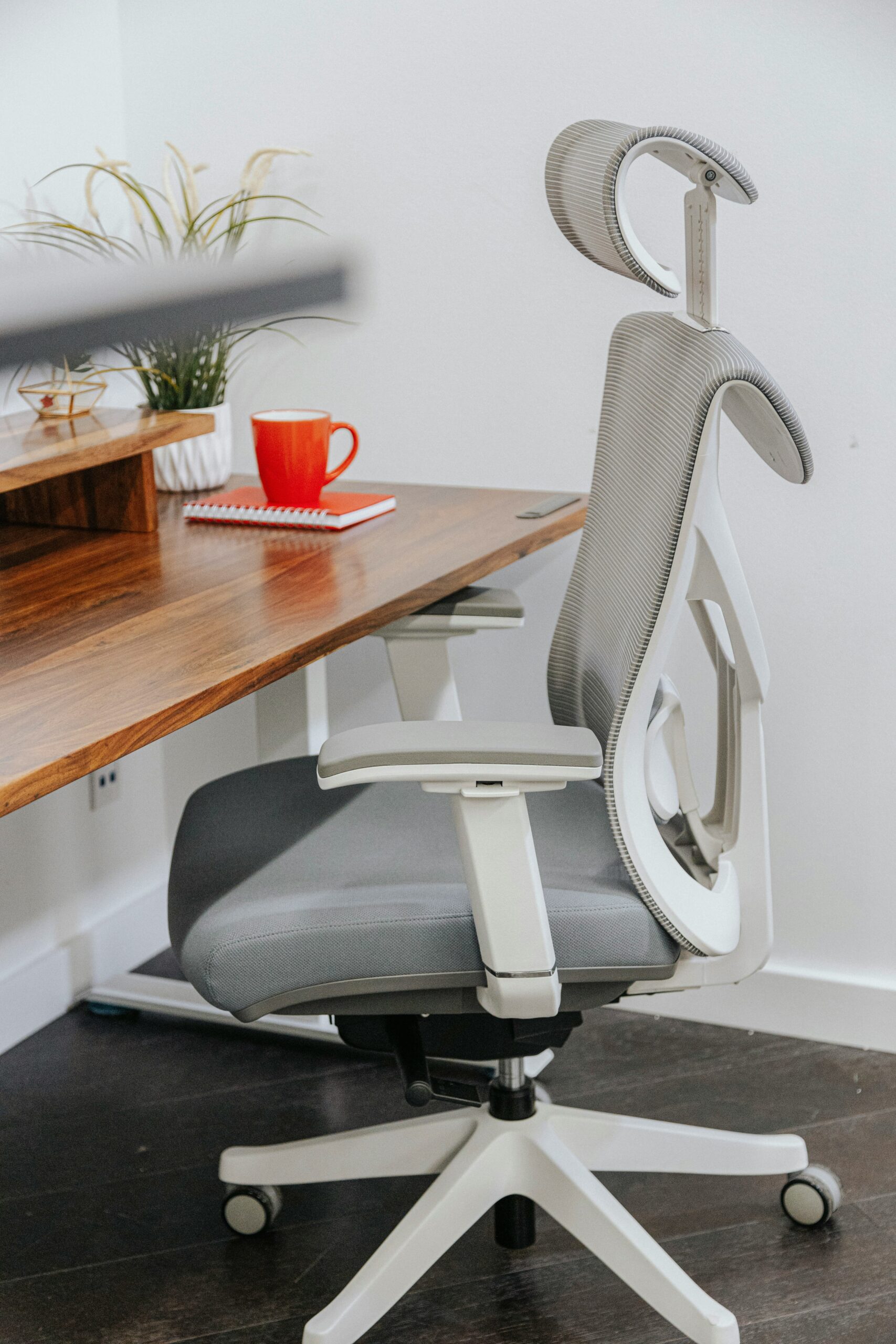We spend so much of our day sitting–at desks, in cars, on couches. But staying in static positions for long periods isn’t doing our bodies any favors. Over time, this leads to:
– A forward head posture, putting strain on the cervical spine
– Weak, inactive upper back muscles
– Reduced hip mobility
– Weakened glutes that struggle to activate
– Internally rotated shoulders, leading to poor posture
– Tight, shortened chest muscles
– Shortened hamstrings, affecting movement and alignment
What This Means for Your Body
When the body is out of balance, it can’t function at its best. Joints become stiff, leading to discomfort or even pain in the lower and upper back. Tightness in the neck and shoulders can contribute to headaches, while reduced blood flow in compressed areas (hello, numb bum!) affects circulation.
Slumping in a seated position causes the core and lower back muscles to switch off completely. As the shoulders round forward, the stabilizing muscles in the upper back stop engaging, creating even more imbalance.
How Pilates Can Reverse the Damage
Pilates is one of the best ways to counteract the effects of prolonged sitting. The dynamic stretches in a Pilates workout help release tension, improve mobility, and restore fluid movement to the joints. Meanwhile, the strengthening aspect of Pilates ensures that muscles are not just flexible, but also balanced and coordinated from head to toe.
By strengthening the core, stabilizing the lower back, and improving pelvic alignment, Pilates provides essential support for the spine—reducing pain and preventing future issues.
And beyond the physical benefits, Pilates is also a mindful movement practice. The focus required to execute each exercise correctly helps calm the nervous system and lower stress hormones, making it the perfect way to reset after a long day at the desk.
So if you’ve been sitting too much today, it’s time to move! Your body will thank you.
